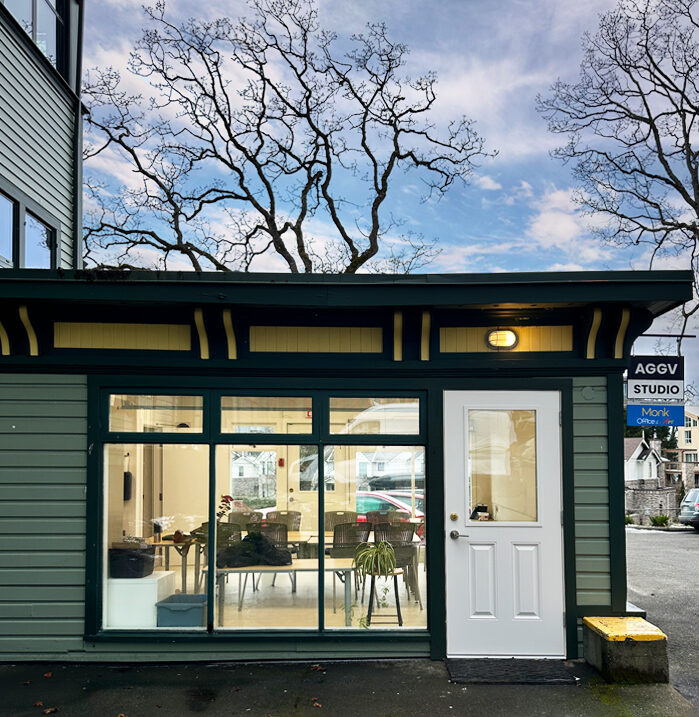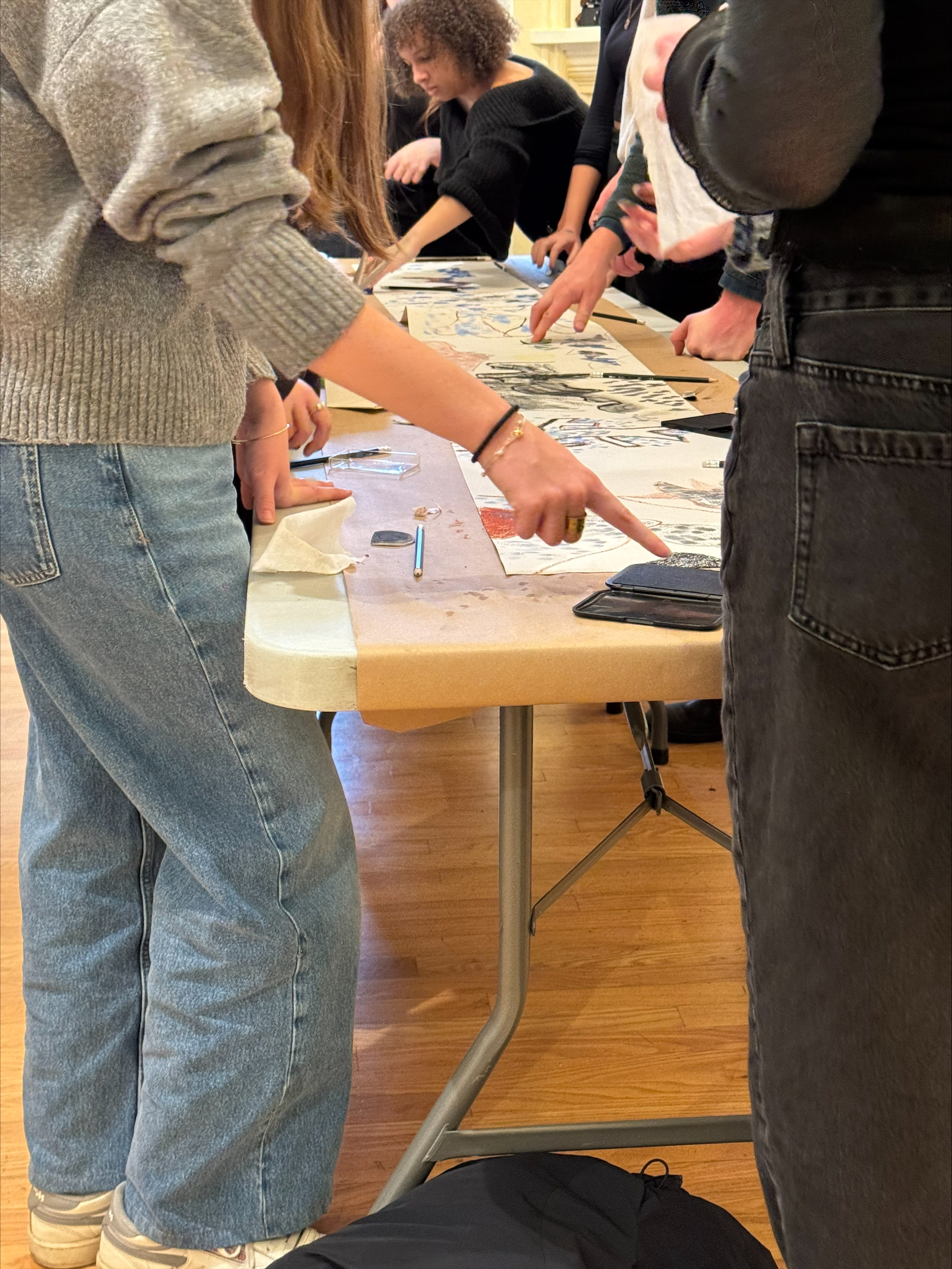This year’s New Extreme Program involved 3 groups of insightful, creative and inspiring youth who created inquiry projects with 3 local artists. They had to stop just short of completion, due to COVID 19. Here is a sense of the important work they did together, in their own words. Congratulations to everyone, it was a delight and honour to witness your processes!
– Jennifer Van de Pol, AGGV Educator, School & Family Programs
Artemis Place Secondary School | Garden and Ecological Art
This group learned about local ecologies and soil health, and created planter box gardens together, of mostly Indigenous plants (pictured above).
Mentored by Chris Dufour.
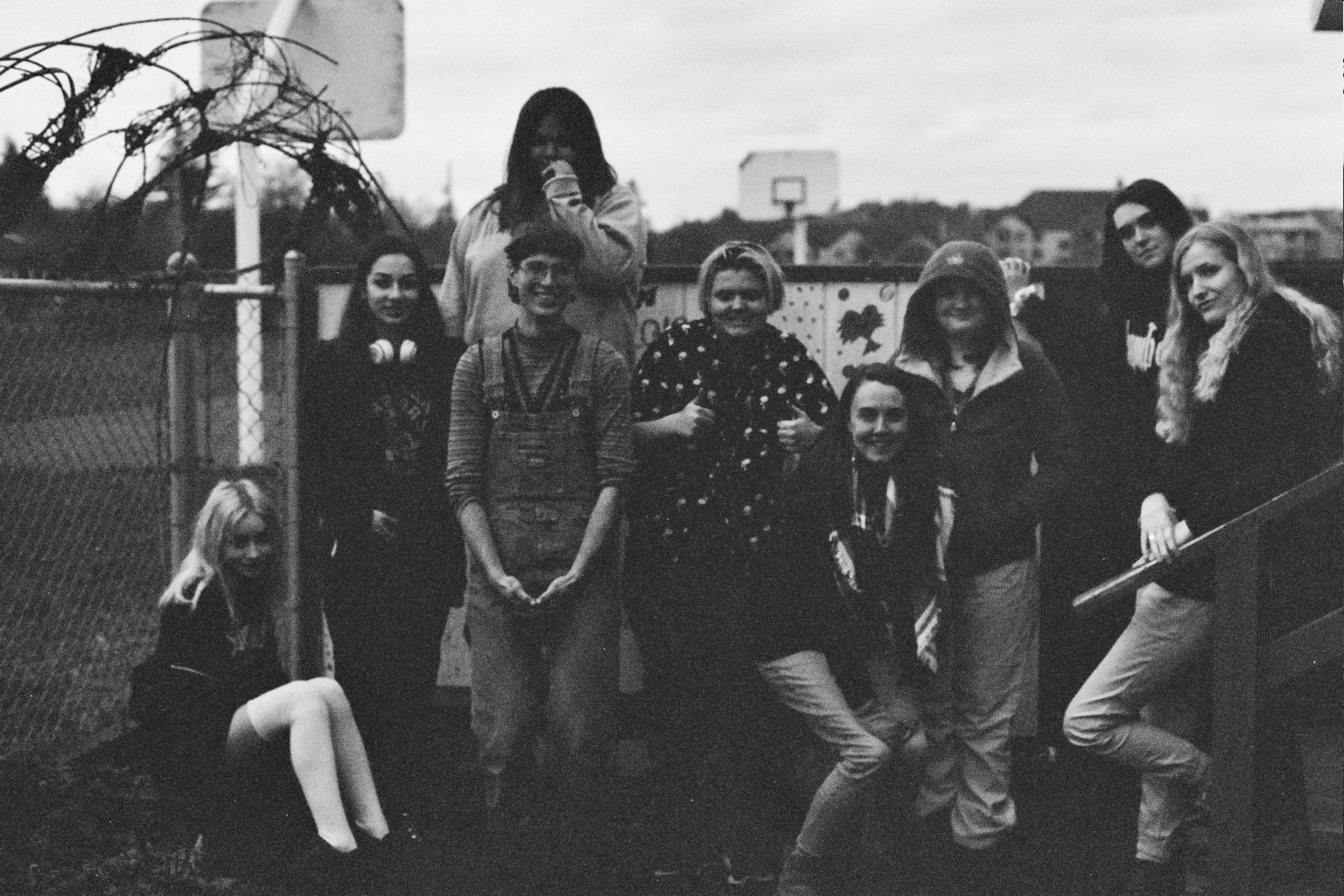
Teacher Alison McLean asked the youth artists the following questions (during quarantine):
1. Describe a favourite moment from the workshops.
Julia: I really enjoyed caring for the seedlings everyday. I wish I had the chance to see them in the planter boxes.
Anonymous Student: My favourite moment working in the garden was probably every time!.. But overall my favourite moment was when we started planting our native plants! It was amazing how just by getting out and talking about our plants, it could really change my mood for the rest of the day!
2. What is something that you learned from the workshops?
Julia: That dirt from the worm bin makes great seedling starter.
Anonymous: Something I learned… is that we are all capable of making our own space for plant growth. I also learned about the amazing benefits of plants and how they can heal us naturally… By growing plants, we can provide fuel for our bodies.
3. Why do you think this work is valuable?
Julia: I think it’s valuable because not a lot of people garden, or really spend a lot of time appreciating plants so this project would’ve made people observe, and appreciate plants in a different way.
Anonymous: I personally think this work is valuable because everyone deserves the right to a happy and healthy life. Just getting out for an hour a day planting and watering your own plants can make a huge difference!.. It also is an amazing way to be in contact with your community. You can support people by bringing them plants or introducing them to the plants that are available to them to help relieve stress, anxiety, depression and tons of others!
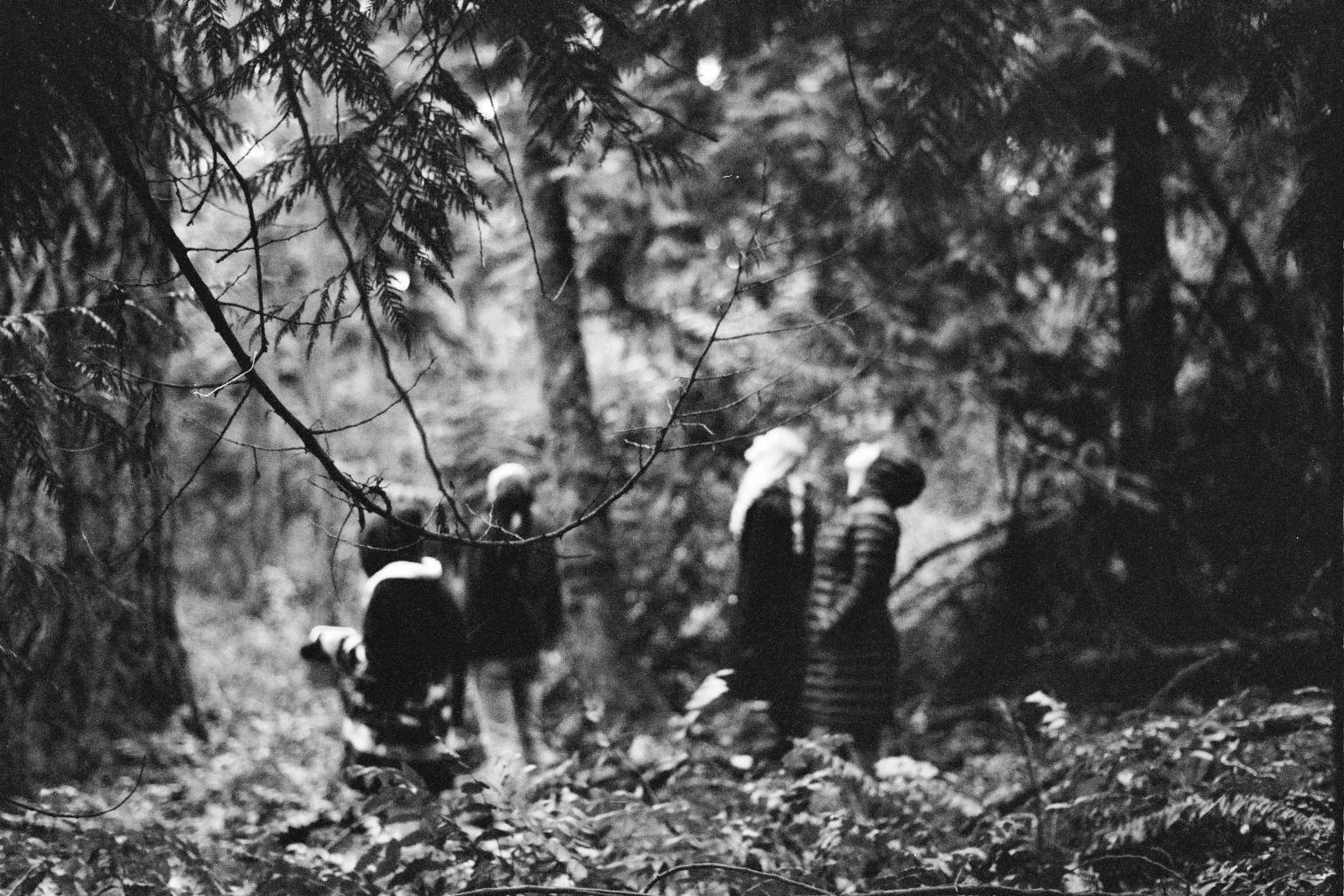
Reflection by mentor Chris Dufour:
As I strive to understand ecologies, community, and connection, working with students at Artemis Place Secondary instills curiosity about the capacity to revise our relationships with our surrounding ecologies. Working within global power systems that leave people behind… these students have shown me how compassion allows us to break those cycles and care wholeheartedly about our community. As we worked through our project… we asked questions such as, how do we coexist amongst others species, how do we honour the lands, plants, and host nations whose lands we are working on, and how do we take healing into our own hands through cultivating vibrant ecologies?
The students and I set out to create planter boxes to guide us through ecological explorations of Indigenous plants, medicinal plants, and hardy succulents. Some students focused on the plants we would sow and constructed the beds while others illustrated designs for the boxes themselves… One of our sessions explored trails at Pkols (Mount Doug is the colonized name,) wandering under canopies of cedar, listening to slow movements, and fixating on the minute layers of moss engulfing stumps.
Throughout this project we took time to discuss how plants ease us, how they bring us joy, and what we can do as a generation that knows much less biodiversity than has existed before us and will witness far more than succeeding generations. These planter boxes are meant to serve our communities, allow us to contemplate them when we need them, and exist to represent reciprocity through our relationships to each other, plants, and other species.
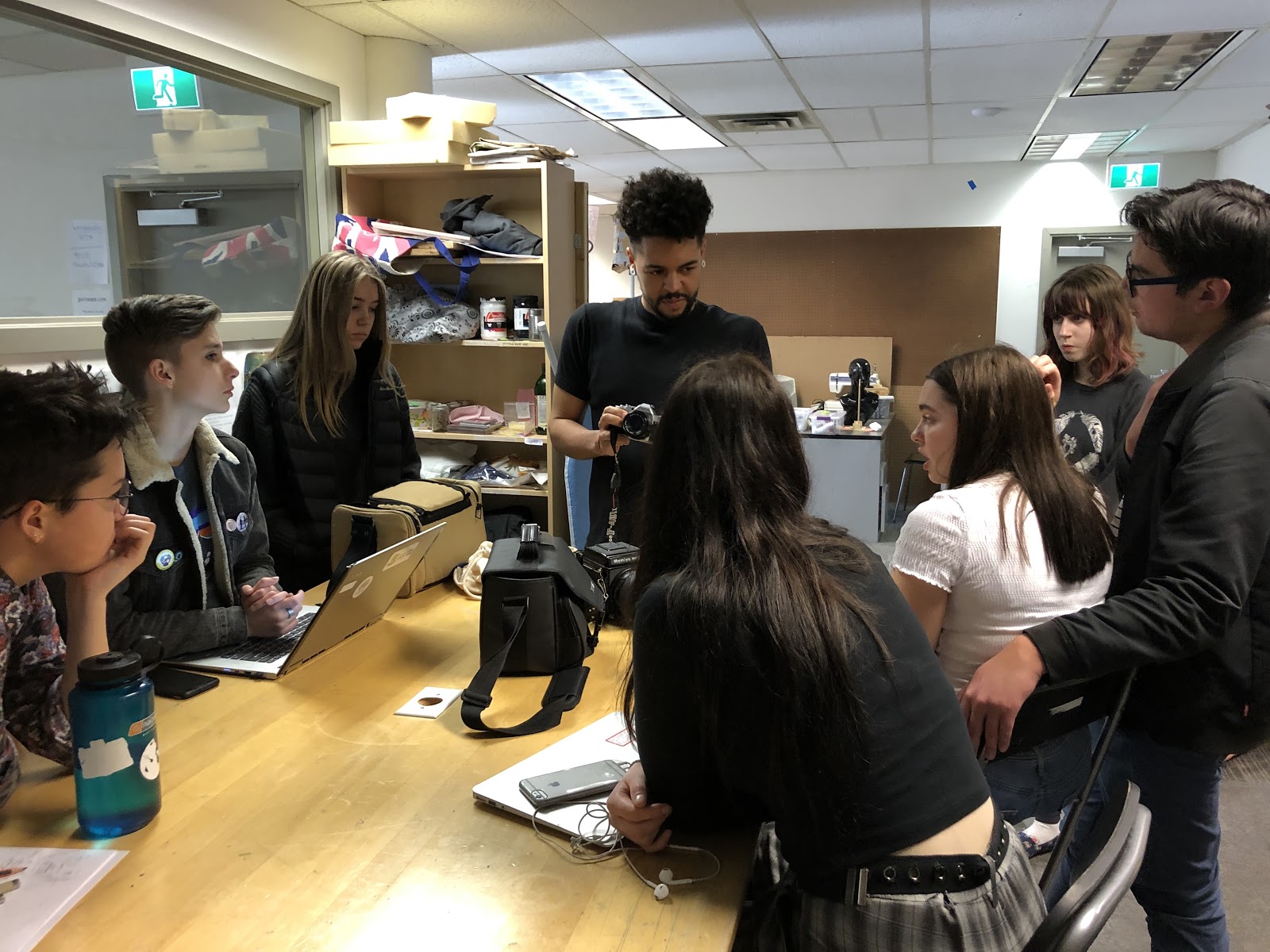
Pacific School of Innovation and Inquiry (PSII) | Photography
This group explored photography and the still image.
Mentored by Joshua Ngenda
*Stay tuned for a zine this group are creating! They craftily distributed cameras (safely) during quarantine and the zine will feature these images.
Reflection by Joshua Ngenda
The students I worked with for New Extreme were excited about photography for many different reasons — some had very specific subject matter they wanted to take photos of, some were very interested in the technical details of how photography works, some just liked being in photos or appreciated them as art. Reflecting on what got me interested in photography and art in the first place, I’ve noticed how the ways I engage with photography have shifted over time. My first attempts at it were almost embarrassing to think about, with practically no knowledge of either the technical or artistic elements of photography, driven just by my own curiosity and the desire to find a hobby and artistic outlet. That curiosity and artistic drive is still present for me, but there are so many more ways I find myself using the skills I’ve developed then I ever imagined. At home, as my job, from capturing my latest culinary or creative project to engaging with my communities, and always sharing what I’ve learned with others. Many of the things I once spent hours and multiple rolls of film trying to understand, I now no longer have to think about, until I have to explain them to someone, and every time I do, I find myself rediscovering. It’s exciting to see youth in the New Extreme Program in the early stages of interest where I once was, not quite sure yet what they will do with it, but engaged nonetheless, and eager to learn and experiment.
The third group from Cedar Hill Middle School created a mural that is now installed along the Moss Street side of the Art Gallery’s building. You can read more about this project here.



